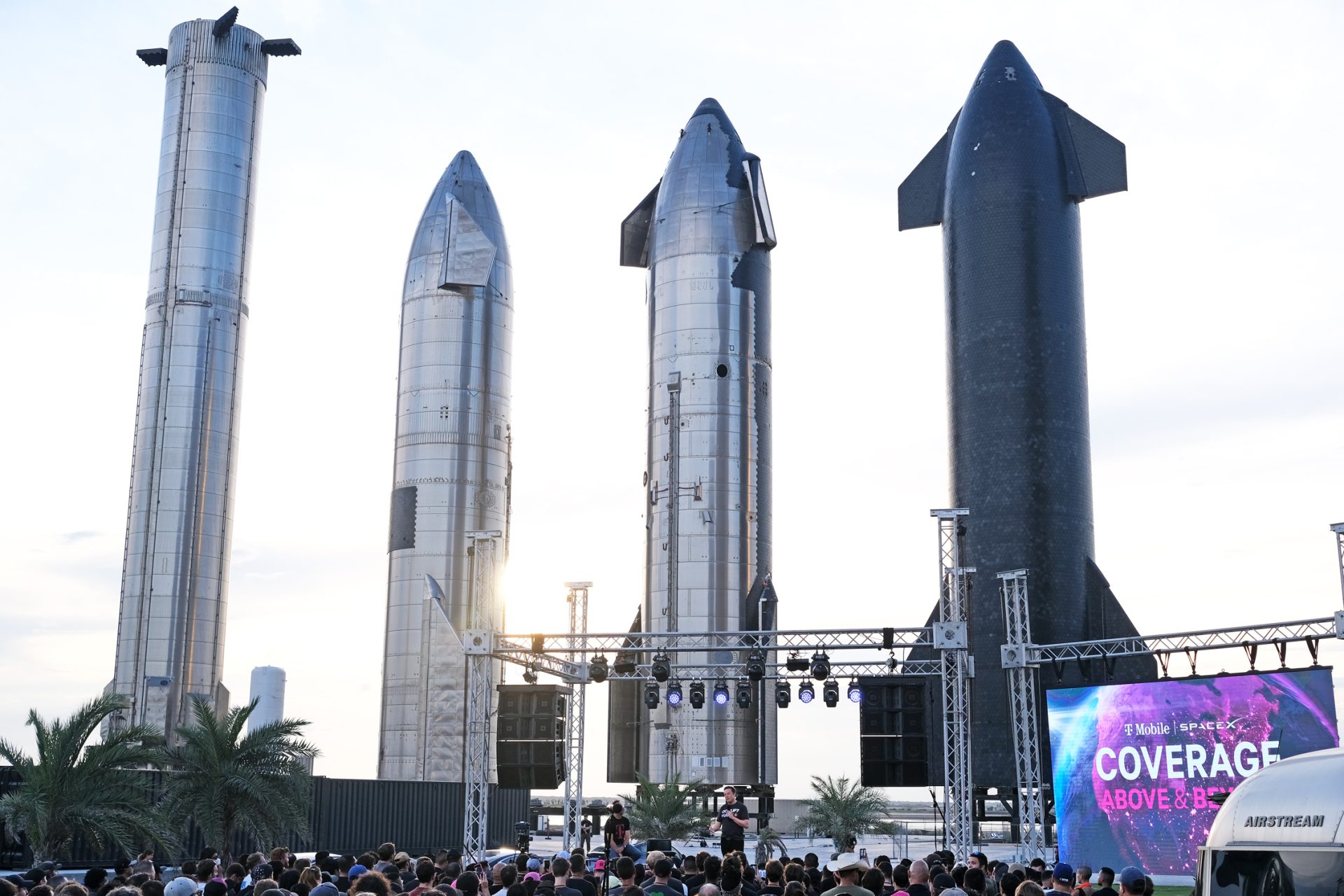
Back in September, SpaceX founder and CEO Elon Musk said it seemed “highly likely” that the first orbital Starship launch would take place in November, though late October was also a possibility.
But on Oct. 31, a senior official with NASA estimated that an early December launch was more likely, though that window closed with no launch as well. Now Musk is saying March, maybe even February.
“We have a real shot at late February. March launch attempt appears highly likely,” he tweeted on Jan. 7.
Overly optimistic estimates for when things will happen is a Musk trademark. Still, SpaceX has been busy at Boca Chica testing engines and stacking and unstacking (and restacking) Starship SN24 and Super Heavy booster BN7.
On Jan. 12, the company tweeted: “Team are stepping into a series of tests prior to Starship’s first (orbital) flight test in the weeks ahead, including full stack wet dress rehearsals and hold down firing of Booster 7’s 33 Raptor engines.”
A “wet dress rehearsal” refers to fully fueling the rocket and doing nearly everything just short of an actual launch. On Nov. 29, SpaceX fired 11 of Super Heavy’s 33 liquid oxygen/liquid methane-fueled engines simultaneously, the most so far. Most recently, the newest iteration of Starship, SN25, was rolled to the launch pad for testing.
The company is still waiting for the Federal Aviation Administration to issue a launch license, and last year ordered SpaceX to conduct more than 75 separate actions to mitigate the potential impact of orbital flight operations from Boca Chica. This was on the heels of the Sept. 26 release of a Finding of No Significant Impact of those operations by the FAA following an environmental assessment.
SpaceX is developing Starship at Boca Chica as the Human Landing System (HLS) that will return U.S. astronauts to the moon for the time since 1972, as part of NASA’s Artemis program. NASA awarded SpaceX the initial $2.9 billion Artemis contract in April 2021, then on Nov. 15, 2022, announced a $1.15 billion modified contract for what the agency has dubbed “Option B” of the contract.
Option B involves an upgraded version of the Starship HLS and includes a second crewed demonstration moon landing by SpaceX.
Lisa Watson-Morgan, NASA’s HLS program manager, said Option B represents a continuation of the agency’s collaboration with SpaceX that “furthers are resilient plans for regular crewed transportation to the lunar surface and establishing a long-term human presence under Artemis.
“This critical work will help us focus on the development of sustainable, service-based lunar landers anchored to NASA’s requirements for regularly recurring missions to the lunar surface,” she said.



